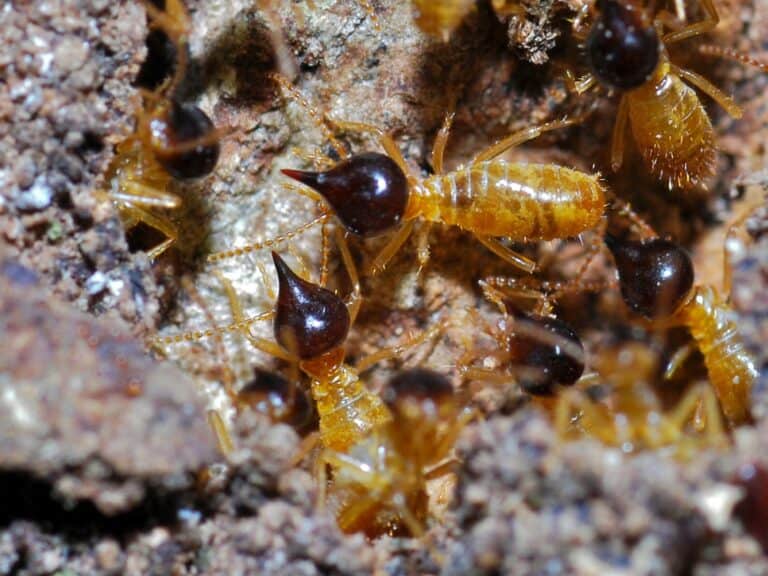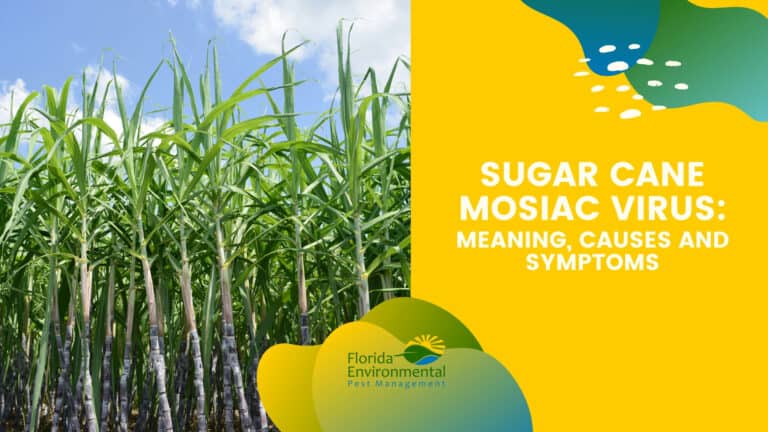Leaf Miner Information
Appearance:
Identifying a Leaf Miner can be a little tricky. Identification is usually done through inspecting the damage to a plant leaf that has already been done. Damaged leaves will have squiggly lines along the leaf, typically white or yellow in color. These lines represent areas where the Leaf Miner has eaten through the leaf tissue. It is as if they are “mining”, or tunneling, their way through the tissue of the leaf. Hence, the name “Leaf Miner”. Damaged leaves may also appear splotchy or dotted, too.

Location and Behavior Patterns:
Leaf Miners are actually the larvae of insects. They can be the larvae of flies, moths, sawflies, or other types of insects, too. The larvae feed on the plant tissue, thus destroying that section of the plant. They are attracted to a variety of plants, including houseplants, vegetable plants, and ornamental plants, too.
Treatment:
Pesticides are very effective for treating Leaf Miners, although they are most effective when the timing is right, when they are applied to the plant(s). Early Spring is the most effective time to treat, by using pesticides.
For outdoor plants that are affected, another way to treat for the Leaf Miners is to purchase predators of the plant-destroying larvae. An example of an affective predator is a wasp.











